Courtesy: Shawn Trokhan, M.D.
When injuries occur to famous athletes, parents and swimmers alike will always ask the same question in my office. What’s going on? And while I’m not the treating orthopaedic surgeon in this case, I can try to explain in simple terms the injury the exists here.
A few simple basics. Bones give us the support to stand up. Muscles help us move those bones. Tendons attach muscle to bones. Ligaments attach bones to bones. Those are the very basics you will need here, and they will get us started.
Looking at the elbow, there are three bones we need to learn. The upper part of the arm is the humerus, and the forearm has two bones, the ulna and the radius. The picture below is a view of the elbow from the side, and it shows those three bones. Every bone has even more specific parts that have names. If you flex your elbow and tap on the hard part of the bone you feel there, you are tapping on the Olecranon. This is just the specific name of that specific section of the ulna. And so fracture in this situation is called an Olecranon Fracture.
The reason a patient in this situation may benefit from surgical treatment is for a few reasons. There is slight displacement, which means the broken pieces have moved away from each other. And in this situation the fracture itself extends in to the elbow joint. A joint is where two bones touch and many times move. So any change in the contours of a joint could lead to problems with movement or possibly pain.
Simply put, the job of any orthopaedic surgeon regarding fractures is to put the bones back where they belong and hold them there long enough for the body to heal the fracture. This situation can take 6-8 weeks, but it depends on the individual. Surgery in this situation many times would require a metal plate or rod. Below are pictures of a typical plate or rods used to treat this injury, however the choice of hardware would depend on a conversation between the surgeon and the patient.
ABOUT SHAWN TROKHAN
Shawn Trokhan, M.D. graduated from Princeton University where he swam for 4 years. He studied medicine at the Case Western Reserve University School of Medicine in Cleveland Ohio, then completed his orthopaedic surgery residency at Mount Sinai in New York City. Dr. Trokhan is currently in private practice in northern NJ.
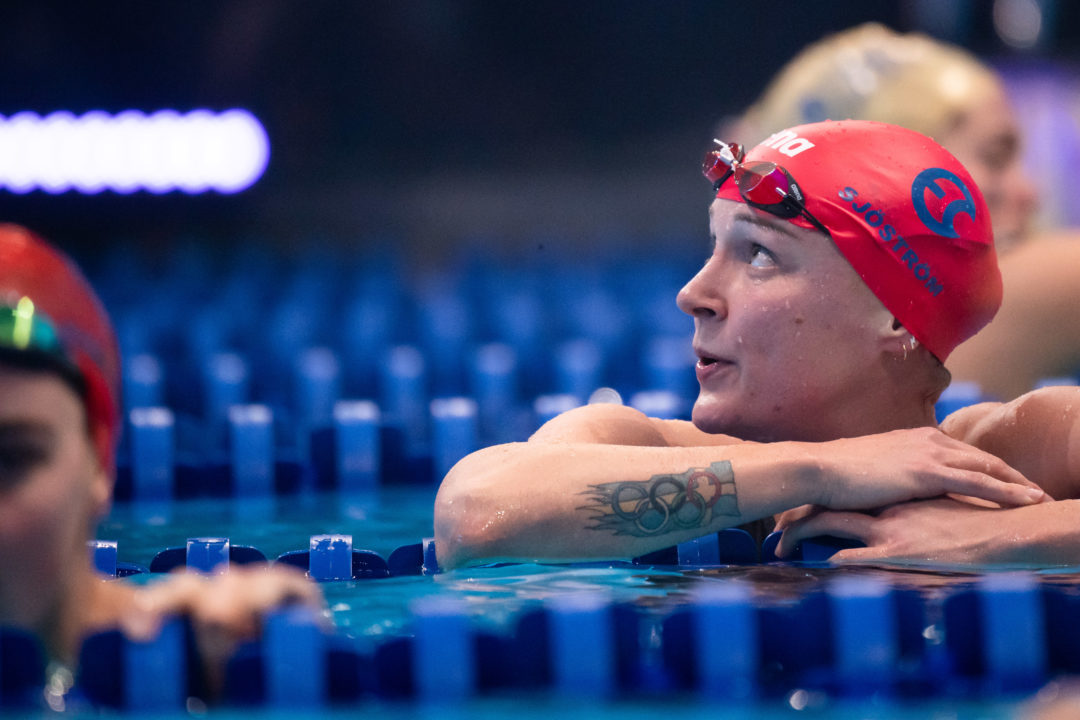

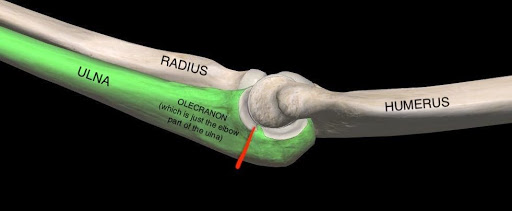
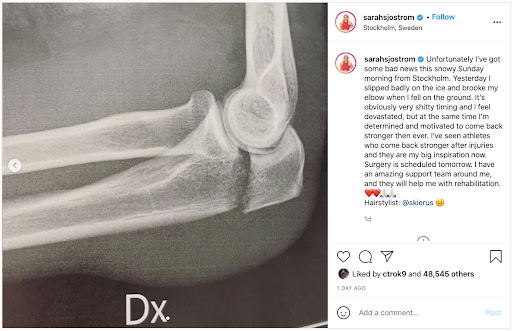
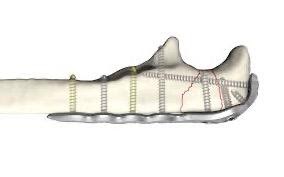
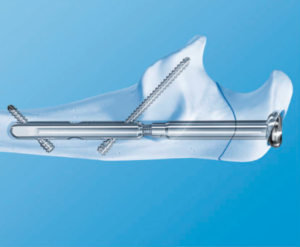
Ironically I was using swim swam as a break from med school, and here I am learning about ORIF In comminuted olecranon fractures
You’re welcome.
Great job Mel and SWIMSWAM! The injury Ms. Sjostrum sustained is not one that is uncommon when winter season has ice and snow, and potentially serious. It would be worth following Ms. Sjostrum, with her permission, through this stage, plate removal, and rehab. A good public service. And, for any of us out in winter weather, wearing some ice cleats, yaxtrax, or something else to prevent falls and injury would be helpful. Hope she gets better fast.
Sarah Sjostrom just became the “Tom Brady of the Tokyo Olympics!” That is, she became a compelling story.
Tom Brady and the New England Patriots going to the Super Bowl? Ho-hum, seen it too many times. Tom Brady taking his new team, the lowly Tampa Bay Bucs to the Super Bowl? Wow, that’s a compelling story — I gotta see how this works out.
Similarly, longtime champion Sarah Sjostrom going to the Olympics? Shoulder shrug. Sarah Sjostrom recovering from a broken elbow from a freak accident just months before the Olympics? Man, that’s compelling — I gotta see how this plays out. How will she pull this off?
Hope she got the plate that’s shown in the right side of page photo, not the left. The plate in left photo is hard to swim with.
You don’t really get a choice 99% of the time. Based on the X-ray, I would guess she had to get the plate with more screws. The fracture is loose, and needs as much fixation as possible. Or if she/ the surgeon want(s) minimal screws, they can put a diagonal screw, but still need a lot of fixation points in order to maintain joint structure with the elbow.
Source: rep in these types of surgeries
I had a teammate break their elbow in a similar way, he was back and swimming best times around 10 months after his surgery. Unfortunately Sarah only has around 6 months (3 of which are recovery and rehab), she also has way more resources available to her so I think she’ll be at the olympics, although (like you said) it may not be the best SS the world is used to seeing.
As a swim coach and long time swimmer, Dr Trokahn has worked with many of my athletes who have had orthopedic concerns and largely has been able to guide them through specific PT solving most issues. He has done a shoulder repair on me as well with very good results. He is a former swimmer and has a unique perspective for dealing with swimmers. There is no “cookie cutter” approach. Every swimmer has issues he handles specifically for them. You also know exactly what he will do as he takes you through a slide show explaining the shoulder function and specifically what he will do.
My swimmers are fortunate to have someone who really cares about their long term health.